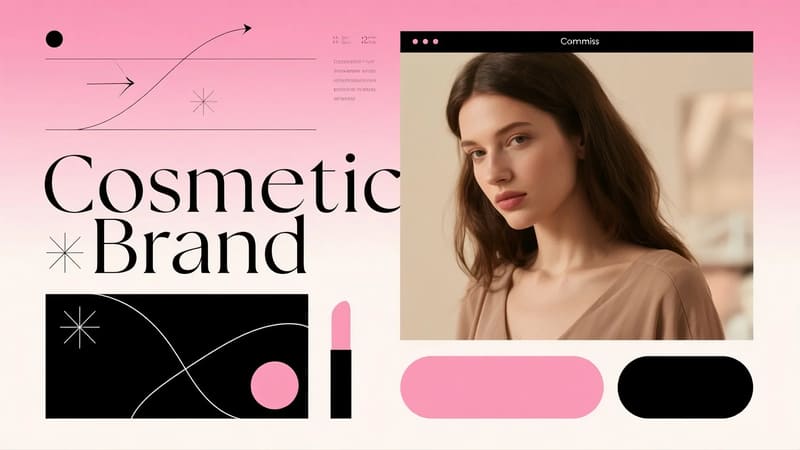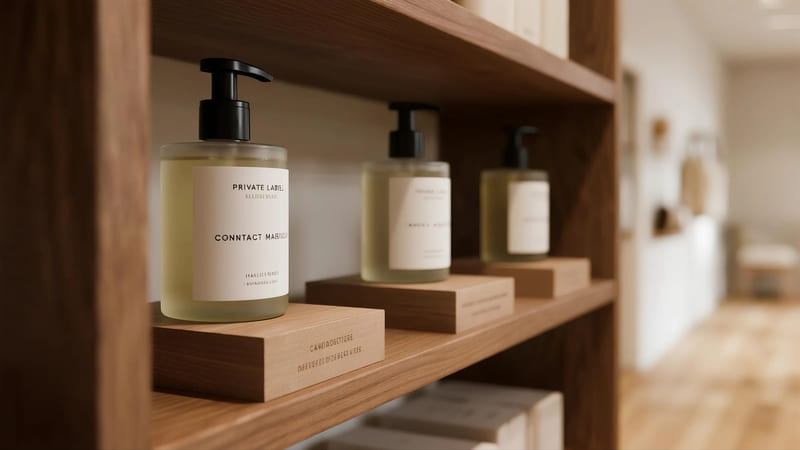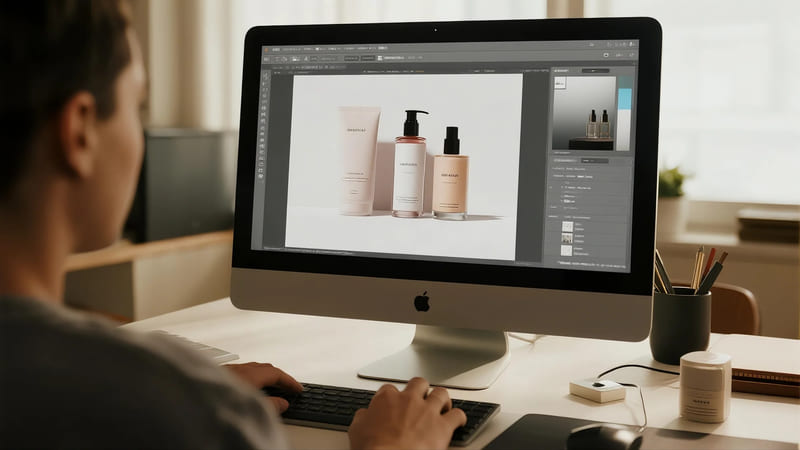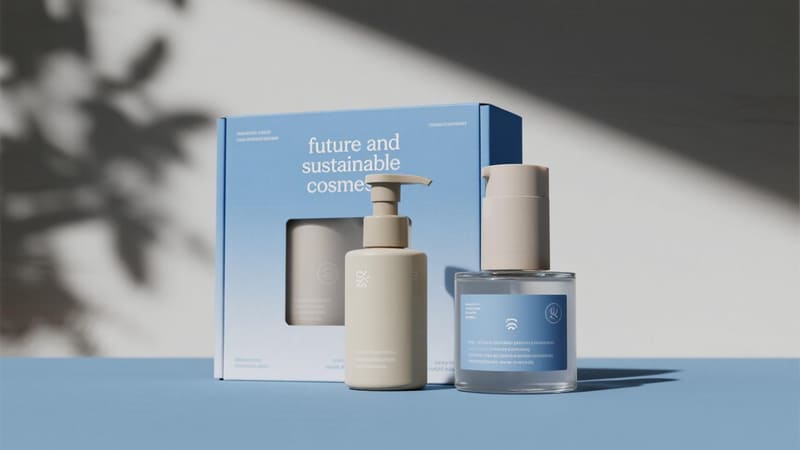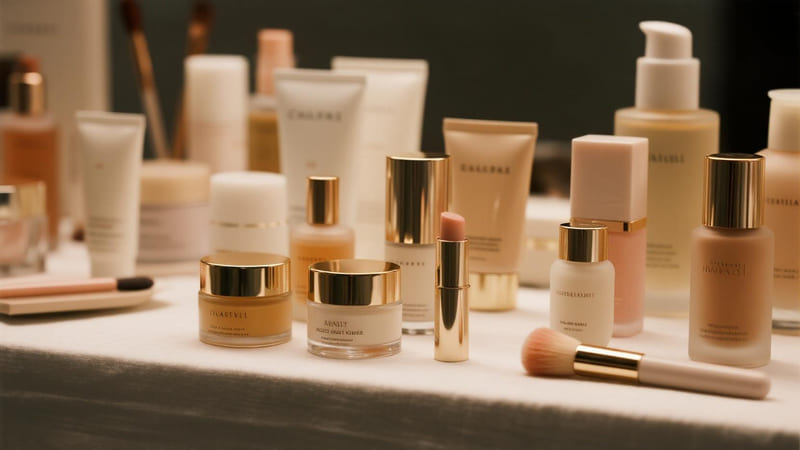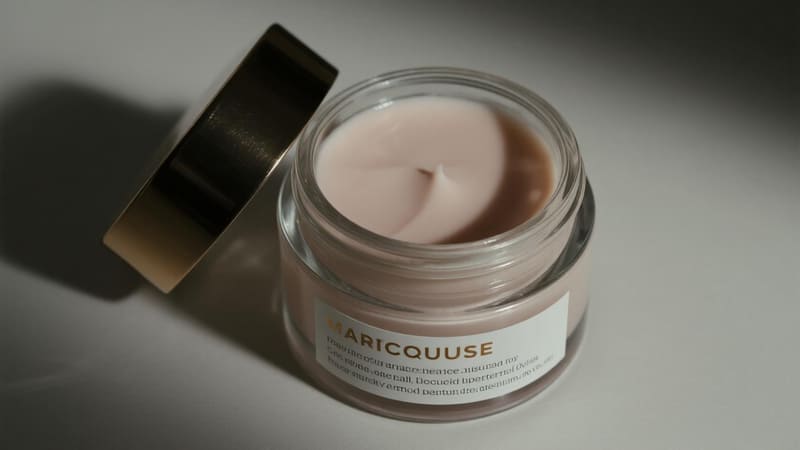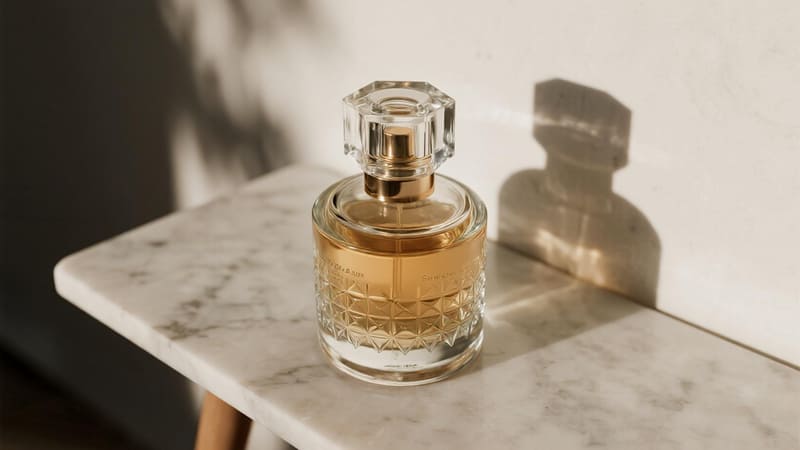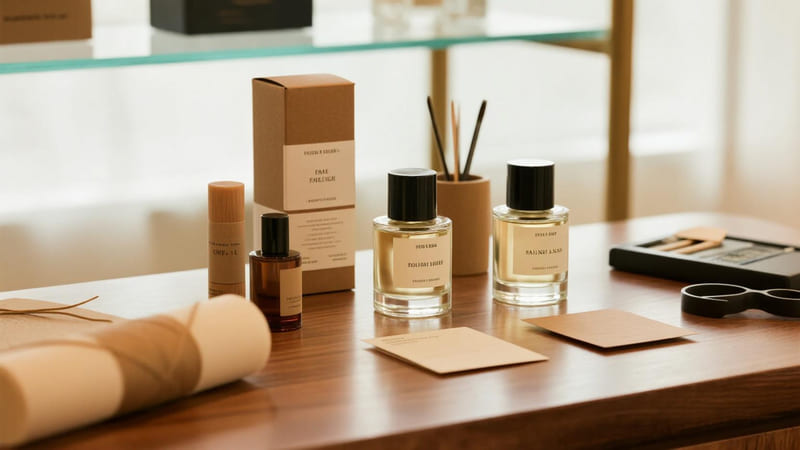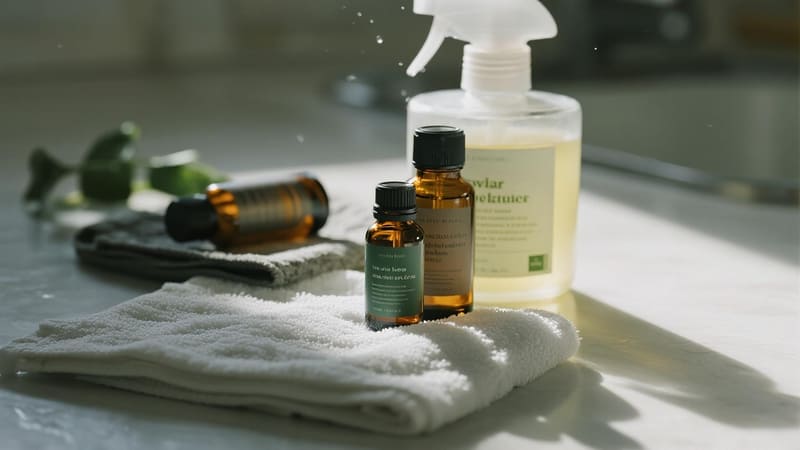The dream of launching your own cosmetic business, seeing your unique vision on store shelves or in online carts, is an exciting one. The beauty industry is vibrant and full of opportunity, but turning that dream into a successful reality requires careful planning, passion, and a solid strategy.
To start a cosmetic business, begin by defining your brand niche and target audience. Then, develop your product line (via private label, contract manufacturing, or handmade), create a strong brand identity and packaging, ensure full regulatory compliance, formulate a comprehensive business and marketing plan, and finally, launch your products through chosen sales channels like e-commerce or retail.
Starting a cosmetic business is a journey with many steps. As a packaging expert with ShineTop for over two decades, I’ve had the privilege of working with countless entrepreneurs, from startups to established names, helping them with a crucial piece of this puzzle: their packaging. Let’s walk through the essential stages of bringing your cosmetic business from idea to reality.
Step 1: Define Your Niche and Brand Identity
In a crowded market, you can’t be everything to everyone. A strong, clear niche and brand identity are what will make you stand out and attract a loyal following.
First, identify a specific niche (e.g., vegan skincare, makeup for mature skin, minimalist beauty, bold color cosmetics) and define your target audience. Then, build your brand identity around this: choose a memorable brand name, design a logo, and establish your core values, mission, and unique selling proposition (USP).
- Find Your Niche: What problem are you solving? Who are you serving? Examples:
- Ingredient-focused: "Clean" beauty, CBD-infused, specific botanicals.
- Demographic-focused: Skincare for men, makeup for deep skin tones, gentle products for babies.
- Ethos-focused: Vegan, cruelty-free, zero-waste, waterless.
- Aesthetic-focused: Minimalist, glamorous, vintage-inspired.
- Develop Your Brand Story: Why did you start this brand? What is your passion? A compelling story creates an emotional connection.
- Create a Visual Identity: This includes your logo, color palette, and typography. This will guide all your marketing and packaging design.
Step 2: Product Development and Sourcing
With your brand concept in place, it’s time to create the actual products. You have several paths to choose from, each with different levels of investment and control.
Decide on your product development route: 1. Private Label (White Label) is fastest, using a manufacturer’s stock formulas. 2. Contract Manufacturing offers custom formulas based on your specifications. 3. Handmade is suitable for very small, artisanal beginnings. Thoroughly research and vet potential lab or manufacturing partners.
- Private Label (White Label):
- How it Works: You choose from a manufacturer’s catalog of pre-made, tested formulas and put your brand name on them.
- Pros: Lower cost, faster speed to market, lower risk. Ideal for beginners.
- Cons: Less unique, you don’t own the formula.
- Contract Manufacturing:
- How it Works: You work with a cosmetic chemist or lab to develop a unique, proprietary formula from scratch.
- Pros: Fully custom and unique product, you own the formula.
- Cons: Much higher cost, longer development time, higher MOQs (Minimum Order Quantities).
- Handmade:
- How it Works: You source raw ingredients and make the products yourself at home or in a small lab.
- Pros: Total control, very low initial cost.
- Cons: Difficult to scale, requires strict adherence to Good Manufacturing Practices (GMP) for safety and hygiene, legal/liability concerns.
Step 3: Branding and Packaging Design
Your packaging is your silent salesperson. It’s a critical investment that communicates your brand’s quality and personality before the customer even tries the product.
Develop packaging that aligns with your brand identity and protects your product. You can use stock packaging offered by your manufacturer and customize it with labels, or work with a specialized packaging supplier like ShineTop to create fully custom bottles, jars, tubes, and boxes that make your brand truly unique.
- Primary Packaging: Choose the right container (bottle, jar, tube, compact) that is compatible with your formula and functional for the user.
- Secondary Packaging: Design the outer box. This is your main canvas for branding, storytelling, and required information.
- Design Elements: Ensure your logo, colors, and fonts are used consistently.
- Finishes: Consider finishes like matte/gloss lamination, foil stamping, or embossing to elevate the perceived value.
- Work with Experts: This is where a partnership with a company like ShineTop becomes invaluable. We can guide you on material choices (glass, plastic, PCR content), structural design, and finishes to achieve a premium look within your budget. My clients Anna from Thailand and Mohammed from Iraq both rely on our expertise to create packaging that defines their brands.
Step 4: Understand and Meet Regulatory Compliance
This step is non-negotiable and absolutely critical for running a legal and safe cosmetic business. Regulations vary by country and region, so research is essential.
Ensure your business complies with all cosmetic regulations in your target markets. This includes ingredient safety (no prohibited substances), proper labeling (INCI list, net weight, manufacturer details, warnings), making accurate marketing claims (avoiding drug claims), and adhering to Good Manufacturing Practices (GMP).
- Ingredient Safety: Research the regulations for ingredients in the regions you plan to sell (e.g., FDA in the US, EU Cosmetics Regulation).
- Labeling: Your labels and boxes must contain specific information in a specific format. Errors can lead to recalls.
- Claims: Be careful not to make "drug claims" (e.g., "cures acne," "regrows hair"). Cosmetics can only claim to alter appearance or cleanse.
- Good Manufacturing Practices (GMP): Your products must be made in a clean, controlled environment to prevent contamination, whether by you or a contract manufacturer.
- Insurance: Obtain product liability insurance to protect your business.
Step 5: Create a Solid Business and Marketing Plan
A great product and beautiful packaging need a solid plan to reach customers and generate revenue.
Develop a comprehensive business plan outlining your budget, pricing strategy, and operational plan. Create a marketing strategy that identifies how you will reach your target audience, build brand awareness, and drive sales through channels like social media marketing, influencer collaborations, content creation, and email marketing.
- Business Plan:
- Budgeting: Detail all your startup costs: product development, manufacturing, packaging, branding, legal fees, marketing, website development.
- Pricing: Calculate your Cost of Goods Sold (COGS) and determine a retail price that ensures profitability.
- Operations: How will you manage inventory, order fulfillment, and customer service?
- Marketing Plan:
- Online Presence: Build a professional e-commerce website (e.g., on Shopify, BigCommerce) and create engaging social media profiles (Instagram, TikTok, Pinterest are key for beauty).
- Content Strategy: Plan your content: product photos, tutorials, behind-the-scenes, user-generated content.
- Launch Strategy: How will you generate buzz for your launch? (e.g., pre-launch sign-ups, launch day promotions, influencer partnerships).
- Customer Acquisition: How will you find new customers? (e.g., paid ads, SEO, email marketing).
Step 6: Launch, Sell, and Grow
With all the foundational work done, it’s time to bring your cosmetic business to life.
Launch your brand through your chosen sales channels, primarily starting with a direct-to-consumer (DTC) e-commerce website. Focus on excellent customer service, efficient order fulfillment, and gathering customer feedback. Analyze sales data and feedback to refine your products and marketing, and plan for future growth.
- Launch Your Store: Ensure your e-commerce site is fully functional, with high-quality product photography and clear descriptions.
- Fulfillment: Set up your shipping and fulfillment process. Ensure you have adequate shipping supplies (boxes, cushioning).
- Engage with Customers: Respond to comments, questions, and reviews promptly. Build a community around your brand.
- Gather Feedback: Customer reviews and feedback are invaluable for improving your products and identifying new opportunities.
- Analyze & Iterate: Track your sales and marketing performance. What’s working? What’s not? Be prepared to adapt your strategy.
- Plan for Growth: As you grow, you might consider expanding your product line, exploring new marketing channels, or entering into retail partnerships.
Conclusion
Starting a cosmetic business is a challenging yet immensely rewarding journey that transforms a creative idea into a tangible reality. By meticulously defining your brand, thoughtfully developing your products and packaging, ensuring strict regulatory compliance, and executing a solid business and marketing plan, you can build a successful brand that resonates with customers. Remember that key partnerships, whether with a formulator or a quality packaging supplier like ShineTop, are crucial to bringing your vision to life with the excellence it deserves.


